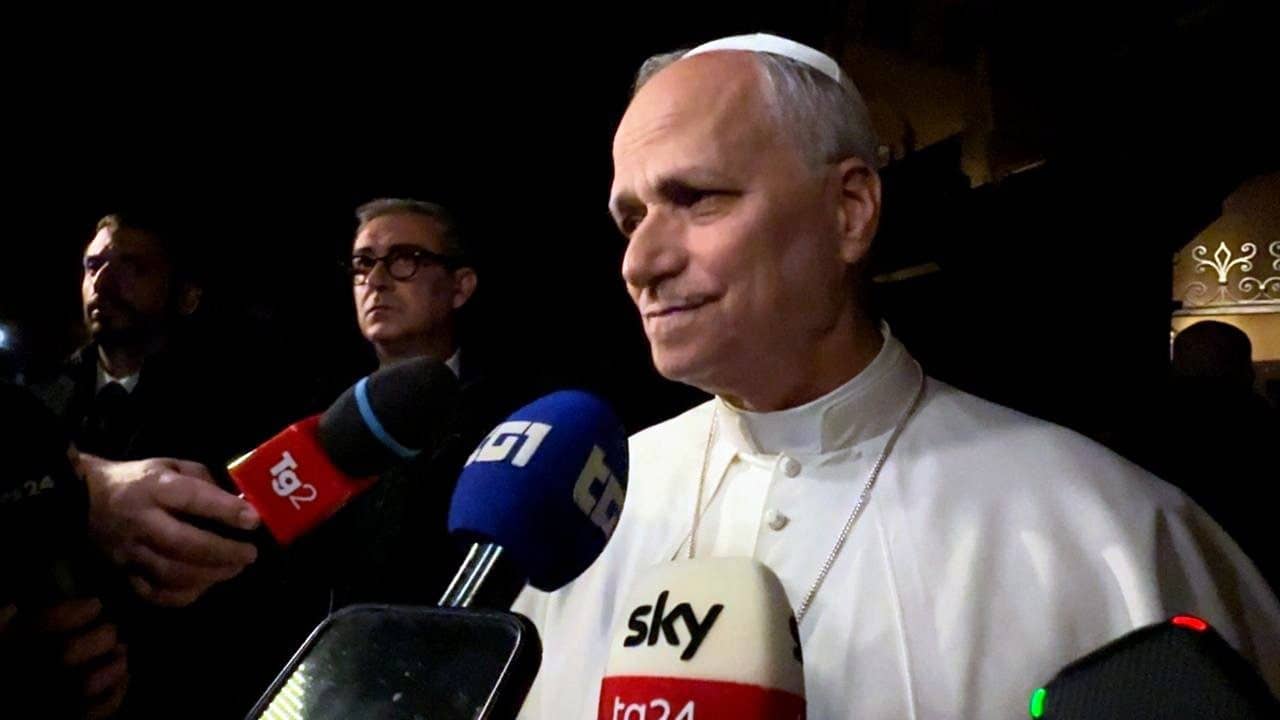What do you think of when you think about Catholicism?
Communion? A Quinceañera? Seeing the Pope in St. Peter’s Square?
For many around the world, Catholicism involves celebrating the Meskel feast, or participating in the Syro-Malankara liturgy, or commemorating the Feast of the Assumption with the Sisters of the Good Death, or even making offerings of rice and fruit to the Blessed Mother.
So what does make Catholicism Catholic?
This is one of many questions that can be explored through the new Catholics & Cultures Project of the Rev. Michael C. McFarland S.J. Center for Religion, Ethics, and Culture at the College of the Holy Cross in Worcester, Massachusetts.
With research by the center director Thomas Landy and other scholars, along with web production by Danielle Kane, the centerpiece of the Catholics & Cultures project is a website that combines video, text, and images to explore the diversity of Catholicism throughout the world. The focus is on lived Catholicism and how the Catholic tradition finds expression within specific cultural contexts and regions.
Presently, the website has sections on 16 countries, including Jamaica, Brazil, and Chile; Ireland and Italy; Jordan and Iraq; Uganda and Ethiopia, and India, Sri Lanka, and Hong Kong. Each country section includes information about a range of Catholic practices, from coming-of-age ceremonies to pilgrimages, festivals, and venerations of Mary and the saints.
Eastern rites liturgies are highlighted, as are Catholic charismatic groups in South Asia and lay Catholic movements in Latin America and Europe.
The section on Ethiopia, for example, gives an overview of the complex history of Catholicism in the region and its relationship with the ancient Ethiopian Orthodox church. Rigorous Ethiopian Catholic practices are explained and examined as well as the distinctive Ethiopian devotions to the archangels Gabriel, Michael, and Raphael.
But perhaps the most intriguing part of the Ethiopian Catholic culture is the Meskel feast that celebrates the finding of the true cross by St. Helena. Meskel takes its name from a flower that blooms during the end of the rainy season, when the feast takes place. For the Meskel feast, Ethiopian Catholics build a pyramid of branches, called a demera, which is set ablaze with the ashes being used by Ethiopian Catholics to mark themselves with the sign of the cross. Feasting is also important during Meskel, and the consumption of injera flatbread on that day has an almost Eucharistic significance.
Ethiopian Catholics worship according to the Ethiopian rite. The Catholics & Cultures website also introduces the practices and liturgies of other Eastern Rite Catholic churches, such as the Syro-Malankara in India and the Melkite in Lebanon, Syria, and Jordan.
The website also presents interesting examples of Catholic blendings with other religious traditions, such as Afro-Caribbean Candomblé in Brazil and Hinduism in India.
Educators interested in the subject of global Catholicism can find teaching resources in an online archive of videos and lectures.
The Catholics & Cultures Project also promotes international dialogue about the cultural depth and range of Catholic practice; indeed, Holy Cross has already sponsored one conference in India and plans to inaugurate the electronic Journal of Global Catholicism later this year. Scholars involved in the study of global Catholicism are encouraged to contact the McFarland Center to discuss opportunities for research and collaboration.
In thinking about Catholicism, it’s natural to take one’s own experience as representative of the whole. Whether one lives in Buenos Aires, Baghdad, or Boston, Catholic life has a distinctive texture and taste. But it is endlessly challenging and fascinating to move beyond culturally specific — and more familiar — Catholic practices and explore how the individual parts relate to the whole.
The Catholics & Cultures Project seeks to present the richness and diversity of Catholic life as it is lived by Catholics throughout the world. In doing so, Catholics & Cultures invites reflection on what makes Catholicism, Catholic.















